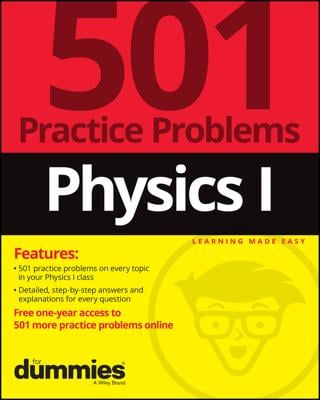Loop quantum gravity is string theory’s biggest competitor. It gets less press than string theory, in part because it has a fundamentally more limited goal: a quantum theory of gravity. Loop quantum gravity performs this feat by trying to quantize space itself — in other words, treat space like it comes in small chunks.
In contrast, string theory starts with methods of particle physics and frequently hopes to not only provide a method of creating a quantum theory of gravity, but also explain all of particle physics, unifying gravity with the other forces at the same time. Oh, and it predicts extra dimensions, which is very cool!
It’s no wonder that loop quantum gravity has more trouble getting press.
The key insight of quantum physics is that some quantities in nature come in multiples of discrete values, called quanta. This principle has successfully been applied to all of physics, except for gravity. This is the motivation for the search for quantum gravity.
Alternately, the key insight from general relativity is that space-time is a dynamic entity, not a fixed framework. String theory is a background-dependent theory (built on a fixed framework), so it doesn’t currently account for the dynamic nature of space-time at the heart of relativity.
According to the LQG researchers, a theory of quantum gravity must be background-independent, a theory that explains space and time instead of being plugged into an already-existing space-time stage. No background-dependent theory can ever yield general relativity as a low-energy approximation.
Loop quantum gravity tries to achieve this goal by looking at the smooth fabric of space-time in general relativity and contemplating the question of whether, like regular fabric, it might be made up of smaller fibers woven together. The connections between these quanta of space-time may yield a background-independent way of looking at gravity in the quantum world.

